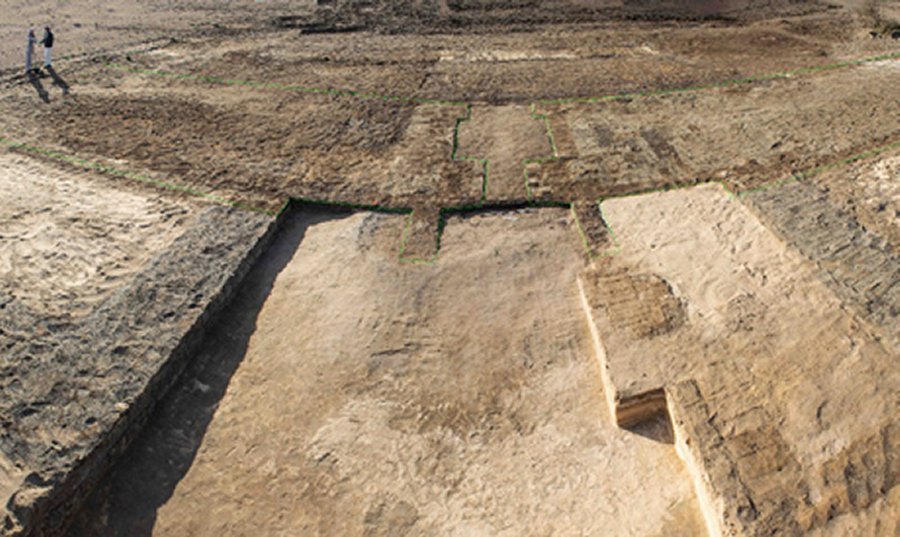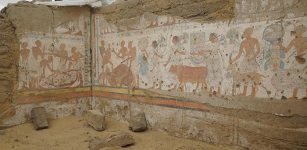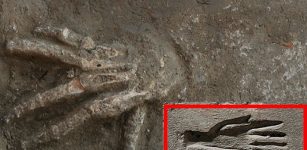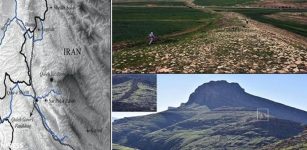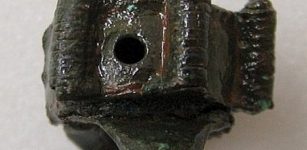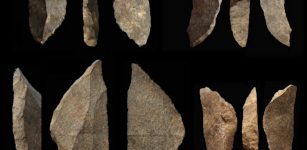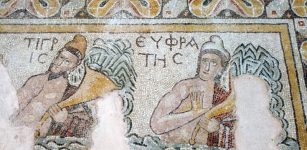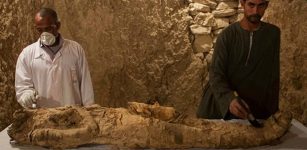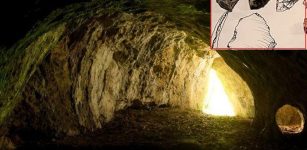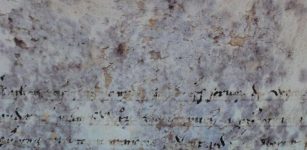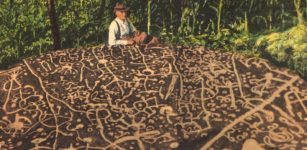Fragments Of Oldest Pharaonic Military Fortress Unearthed In Egypt’s North Sinai
Conny Waters - AncientPages.com - A military fortress from ancient Egypt's 26th Dynasty (the last native dynasty to rule Egypt before the Persian conquest in 525 BC) has been uncovered at the Tell El-Kedwa site, in Egypt’s North Sinai province.
The fortress is built of mud brick, and was uncovered during excavation work carried out by an Egyptian mission as part of the Sinai development project.
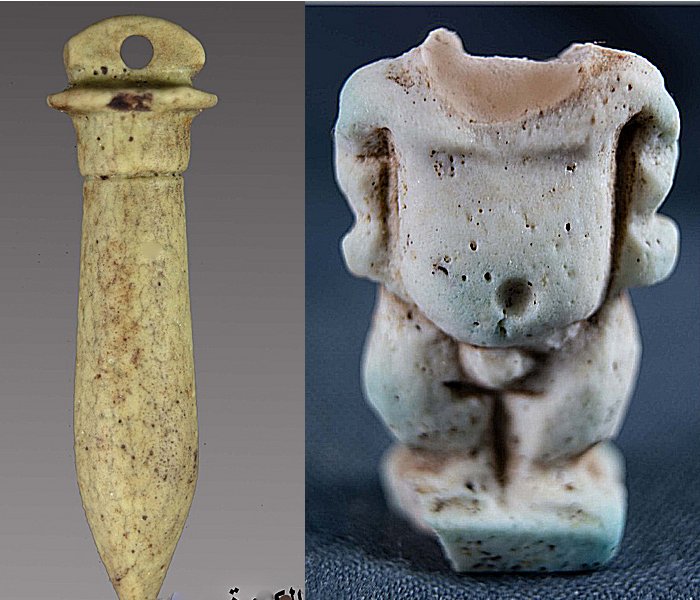 Artifacts unearthed at the site of 26th Dynasty fortress uncovered in North Sinai. Image credit: Egyptian Ministry of Antiquities via Ahram Online
Artifacts unearthed at the site of 26th Dynasty fortress uncovered in North Sinai. Image credit: Egyptian Ministry of Antiquities via Ahram Online
Secretary-general of the Supreme Council of Antiquities Moustafa Waziri said that the mission has excavated the fortress' southern wall, which extends for 85 meters. Its eastern wall was discovered in 2008, reports Ahram Online.
"It is considered one of the oldest fortresses to be discovered," Waziri said, adding that "on its remains another fortress was built in a later period in antiquity."
The walls of the old fortress measure almost seven meters in width and have four towers. The walls of the newer fortress are 11 meters wide and have 16 towers, Nadia Khedr, head of the Central Department of Lower Egypt Antiquities, adding that the old fortress has chambers full of sand, which likely served to relieve pressure on the walls.
The eastern gate of the fortress. North Sinai. Image credit: Egyptian Ministry of Antiquities via Ahram Online
These rooms might have been used as water banks, which a distinguished feature of 26th Dynasty architecture.
The excavations also revealed an entrance to the fortress, which is a side gate located in the northeastern part of the excavated wall. The mission also discovered remains of a security room east of the gate, where soldiers would monitor the entrance and exit of the fortress.
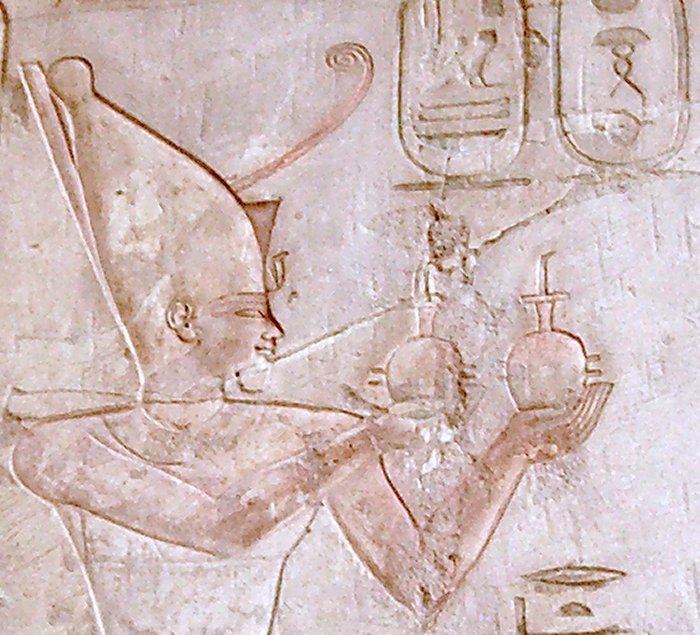 Relief of Psamtik I making an offering to Ra-Horakhty (Tomb of Pabasa). image
Relief of Psamtik I making an offering to Ra-Horakhty (Tomb of Pabasa). image
Remains of houses that had been built on the western side of the fortress were also discovered, as well as a faience amulet bearing the name of King Psmatik I inside one of the houses.
See also:
Ptolemaic Workshop For Repairing And Construction Of Boats Unearthed In Sinai
"Therefore, initial studies suggest that the fortress most probably dates back to the first half of the 26th Dynasty, specifically the era of King Psmatik I," Hisham Hussein, director-general of North Sinai antiquities pointed out, adding that excavation is still ongoing.
Written by Conny Waters – AncientPages.com Staff Writer

